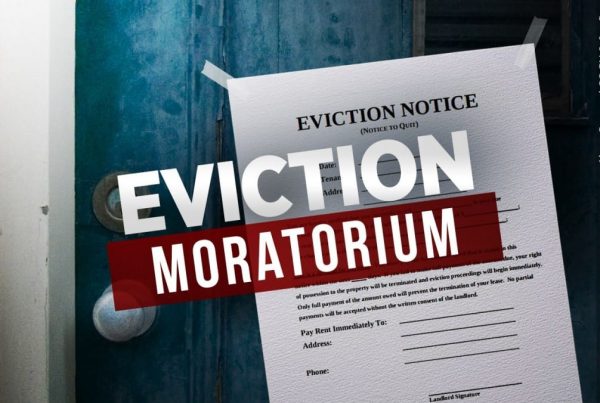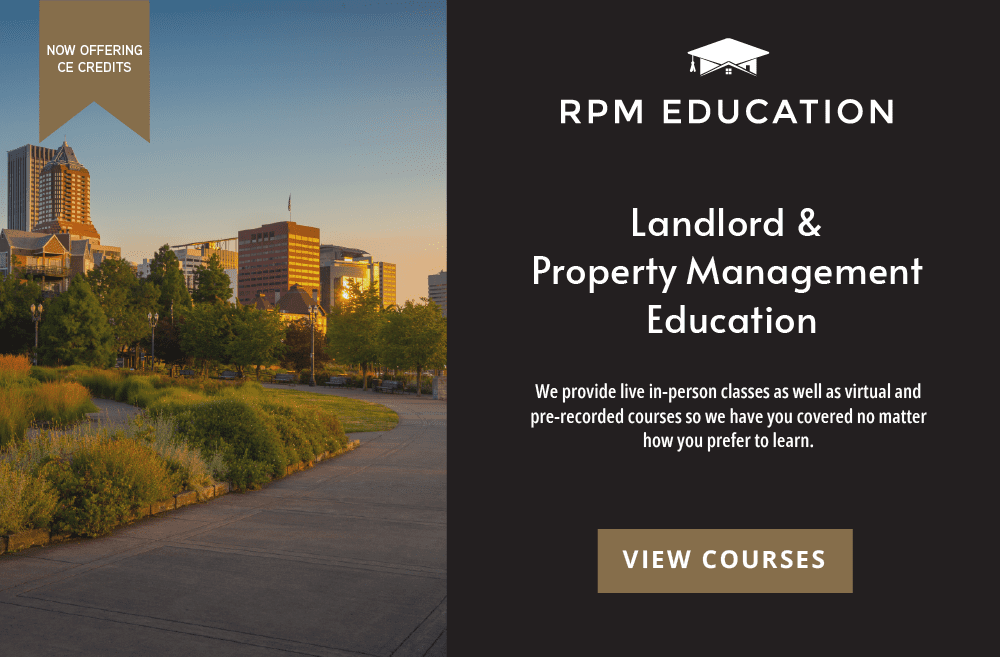The rental market in the Willamette Valley has been on one heck of a ride over the last few years. The Apartment Report recently came out and revealed vacancy rates as low as 2.4% in Gresham and as high as 5.4% in Northwest Portland, with Salem and Eugene coming in at 2.9% (historically, vacancy rates of 6-7% have been considered “normal”).
In the Portland metro market specifically, we are seeing an average overall vacancy rate of 3.71% and rental rates of $1.47 per square foot per month. In the Salem market those figures are at 2.9% and $1.14; the Eugene market is at 2.94% and $1.16. However, these figures are very close to what they were at the beginning of 2016, so we are seeing signs that the rental market has officially started to level off.
Within my company (www.IRCEnterprises.com), vacancy rates have run between 0% and 1% for the last couple of years, and as of this writing we are at 0%. We typically average 1.5-2.5% below the market average, so I am sure our vacancies will follow the market very soon.
What’s an investor to do? Above all, in times of increasing vacancy rates you must focus on making your properties and your customer service something new tenants seek out and current tenants want to hang onto. That is you cushion against the uncertainties of the rental rate environment.
I don’t foresee rent levels dropping due to the upward trend in vacancy rate, but I imagine that we will see them level off over the next few quarters. But whether rental rates go up or down from here is largely in our local municipalities’ hands, in my opinion. Rents have increased enough in the area to attract investors who are happy to build apartments, purchase single family homes as investments, or keep the home they move out of as a rental property, which increases the housing stock somewhat. If the cities of the Willamette Valley would like to help ease the current tight housing situation further, they should also be speeding up the zoning and permitting process to add living units to the market, and possibly even offer incentives like the city of Salem’s Tool Box Program (through which investors can get grant money from the city if they add residential units in the downtown core).
One thing our economy, cities, and state have done very well is to make greater Portland a sought-after place to live. By 2020 this region is projected to grow by 231,100 people. Oregon averages three people per household, so that equates to an additional 77,033.33 residences needed, although from what I have seen, I feel this estimate is low.
In the Willamette Valley, there are currently about 11,000 units under construction, and another 28,000 proposed and waiting to be approved. Some of these projects will not get the approvals they need to begin construction, but most will. The question is, will it take six months or two years? Whatever the timeline, that still leaves us entering the 2018-2019 biennium with a 38,000-unit deficit.
Regardless, I am optimistic that our local governments will start enacting changes that help speed up bringing units to market. If they do, we have a chance to keep pace with population growth. This also means as the market corrects itself that the days of 10-20% per year rent increases will disappear. My guess is that we will see an average annual rent increase of 3-5% over the next four years for those units that are currently priced at the top of the market. Of course, there are still plenty of units out there priced well below market that will be playing a little bit of catch-up as long-term tenants with artificially low rents move out.
So, what’s next? Are rental properties still worth investing in? In my opinion the answer is still a resounding yes! Oregon’s population growth doesn’t show any signs of slowing. Adding rental units must happen to simply keep up with demand and maintain this leveled-off state of the market. At current rents, the rental market is a profitable investment. With that said, interest rates are going to gradually be on the increase, and there will be a point at which the cost of financing can change the profitability of rental properties. Variables like these, though, are why investing in rental properties without the help of a professional can be challenging. Make sure that you do your homework to become your own professional and/or hire a firm like www.IRCEnterprises.com to help you purchase and manage your investment properties.
One of the great things about being a real estate investor is that no matter what the market is like, there is always a way to make a profit. It’s just a matter of becoming an informed student of the market and of the many ways that you can profit from it, which is where membership in the North West Real Estate Investors Association and/or the Portland Area Rental Owners Association can help.
Christian Bryant
President of IRC Real Estate & Property Management




